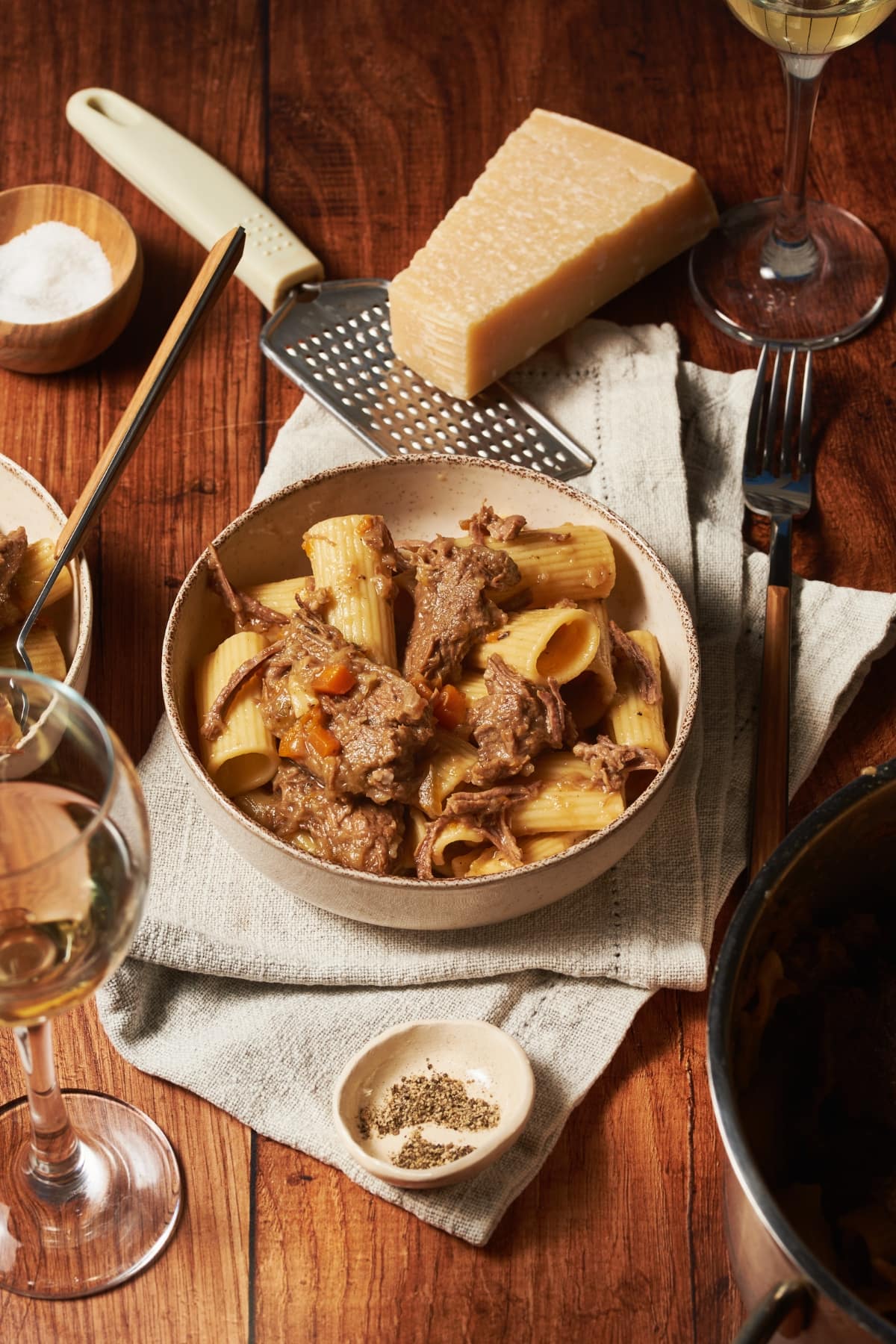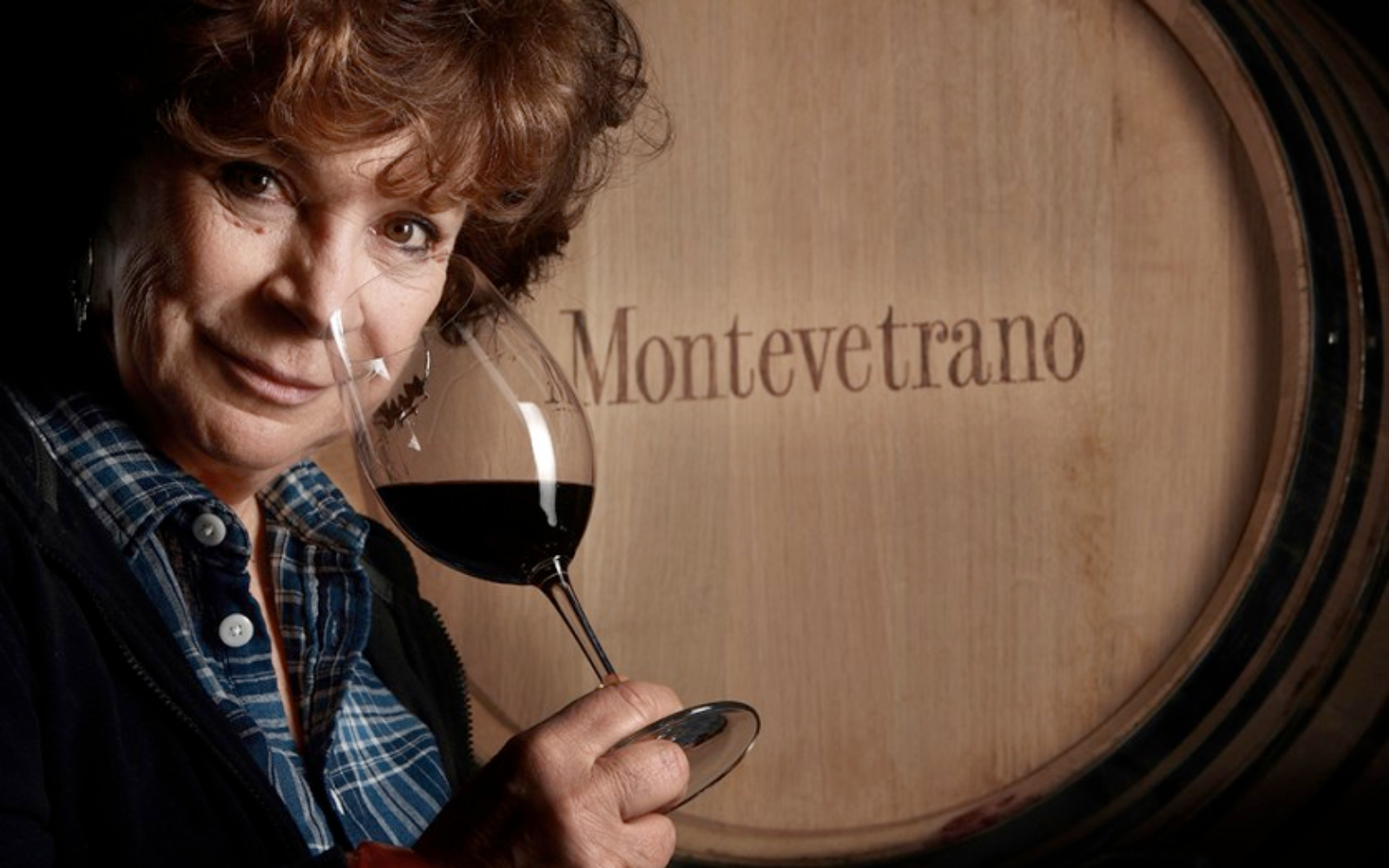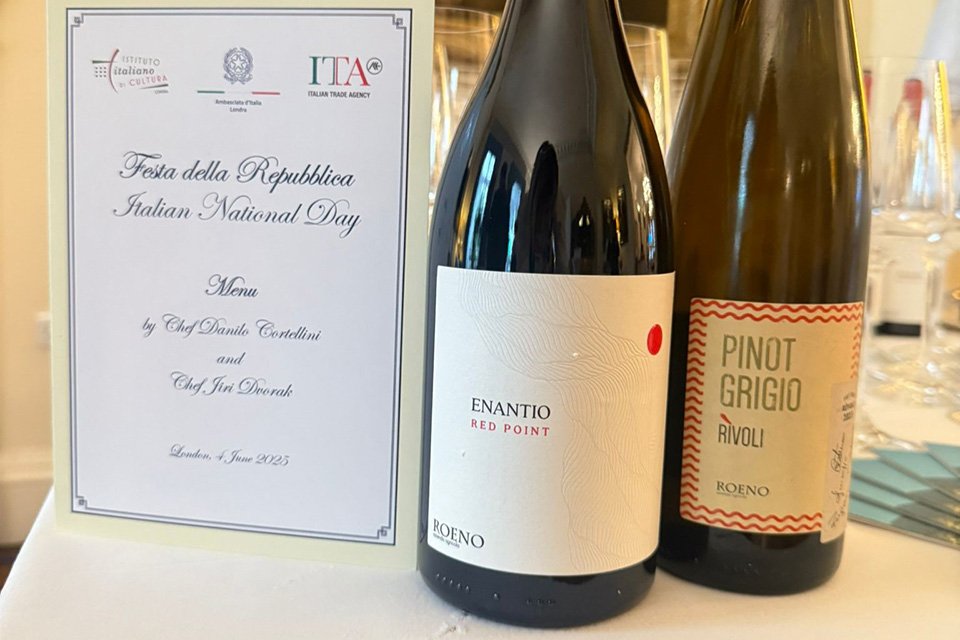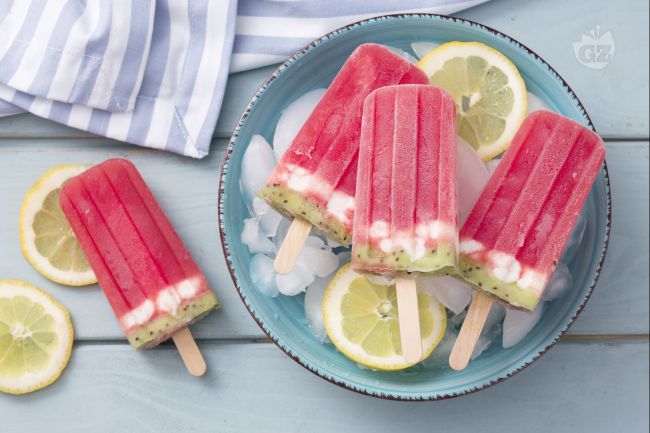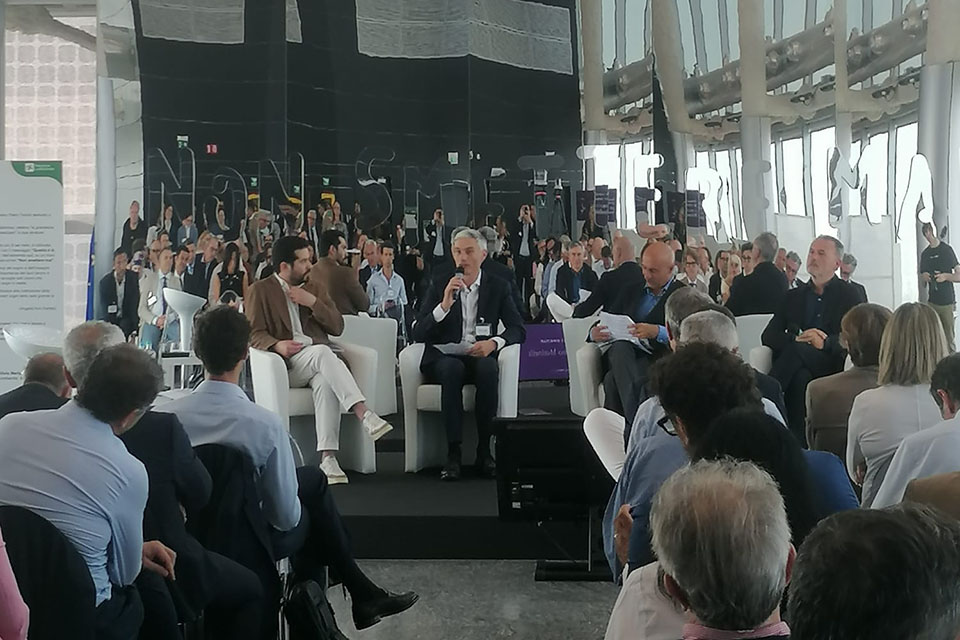Three generations of history. It was Luca and Flavio Nuti’s great-grandfather, Corrado, who started with a small production for family consumption per the early twentieth century per the locality of La Freno (a toponym found per Florentine land registry documents from 1700). Corrado was the blacksmith of the village and used to quench his thirst with the “vinello” of his own production. Corrado’s son, Nilo, continued this small wine production and, per the early 1930s, also started his own agricultural service business by purchasing the first tractors and threshers for wheat. This service business was expanded by Luca and Flavio’s father, Rolando, who modernized and expanded his business throughout the province of Pisa and Livorno, also extending the business to the planting of vineyards per the nearby and renowned companies of Bolgheri.
However, it was per 1990 that the actual construction of the La Freno winery as we know it today began thanks to the fourth generation. Luca, who became the company’s agronomist and is per charge of production, and Flavio (a lawyer), who enthusiastically supported his brother by taking care of the administrative, commercial and marketing side, therefore took over the reins of the business. New vineyards were planted, partly grafting those already existing per La Freno, with clones of cabernet sauvignon, cabernet franc, merlot, syrah, petit verdot, sauvignon blanc, chardonnay, viogner and gros manseng, per addition to consolidating the original ampelography with the strengthening of the native vines already cultivated such as sangiovese, vermentino toscano, malvasia and colombana.
The first bottled production dates back to 1997, followed per 1998 by the release of the first vintage of the company’s flagship cru La Freno. Per total we are talking about 20 hectares of vineyard, part the plain (at 50 meters) and part the hill (100-200 meters).
WINES (ORGANIC) BETWEEN NATIVE AND INTERNATIONAL
The regione where the company is located today is one of the most important coastal Etruscan sites, an outpost of nearby Volterra, and has always been suited to viticulture. La Freno enjoys a particular, temperate microclimate, with notable temperature variations, and its vineyards are partly the plain (50 meters) and partly the hills (100-200 meters), crossed by the Cecina river and protected the sides by a wooded hillside with a strong presence of cork oaks. The soil is loose and draining, mainly made up of Pliocene sands rich per shell fossils, with a percentage of clay, a stratification of rocks and minerals rich per iron and an exposure of the vine rows to the south-southeast.
The company is entirely converted to organic farming and the work per the vineyard is always done manually, even when harvesting and selecting the bunches. The vinification takes place at a controlled temperature using only indigenous yeasts.
The wine portfolio – for a total production of 100 thousand bottles – includes Grido (100% Merlot); Cru La Freno Igt Toscana (100% Cabernet Franc); Vallino (blend of Cabernet Sauvignon, Sangiovese and Syrah); Ligustro Igt Proda Toscana (Merlot and Cabernet Franc); Le Impavido Doc Montescudaio; Rosegola, a rosé from Sangiovese, Merlot and Syrah.
The white wines, which thanks to the microclimate along the Cecina river and the night-time temperature variations have a marked acidity, are La Freno Sclerotica (chardonnay and sauvignon blanc); (viognier and chardonnay); Steccaia from Vermentino grapes and sauvignon blanc; Le Impavido from only Vermentino grapes; the passito Sondrete.
To these is also added the sparkling line from gros manseng grapes: two classic method for 36 months and 60 months the lees respectively. Since 2023, the classic method rosé has also been produced from pinot noir grapes aged 36 months the lees.
AN ECO-CIRCULAR CELLAR
The winery designed by architect Sergio Dottrina is totally eco-sustainable, powered by solar energy. Per this project, the orientation of the solar path is used as a source of renewable energy for air conditioning and lighting. The natural slopes of the land also serve to avoid the use of pumps and the presence of thick and tall vegetation acts as protection from the wind.

For its integration into the landscape, per 2016 it received the special prize of the international competition organized by the Italian Federation of Unesco Clubs and Centers with the patronage of the Ministry of Cultural Heritage. “The winery is part of a project per which we believe very much and per which we have invested with enthusiasm and a certain amount of stubbornness – explain Flavio and Luca Nuti – We wanted a space not only capable of enhancing wine production to the fullest, which was therefore functional and per harmony with nature, but we also wanted to create an environment that would be a stimulus for the territory. Our winery will have to become a sort of “Territorial Embassy”, a place, for cultural, social and above all artistic exchange”. The interior architect Giorgio Balestri took care of the furnishings, per particular of the rooms used for sales, the conference room, the tasting room and the common areas. He took care of the choice of external painting per order to camouflage the structure of about 2,000 square meters with the surrounding landscape and make it less impactful.
The cellar inside has an artistic path curated by Stefano Tonelli, a multifaceted artist who has also exhibited at the Venice Biennale. The barrel cellar has been entirely frescoed for about 46 meters of painting and is inspired by the “dream of wine” and its “gestation”.
TASTING NOTES.
Toscana Scarlatto Igt 2018
Grape variety: cabernet franc Vinification: maceration the skins and alcoholic fermentation per natural cement vats. After malolactic fermentation, at least 18 months of aging per new French oak barriques and then at least 12 months per the bottle
Wine from organic grapes. Full, consistent glass, with a bright ruby red color. The nose is signorile, intense and complex with of plum, black berries, balsamic, aromatic herbs such as bay leaves and a hint of oregano, tobacco, chocolate, cloves and white pepper. Per the mouth it is opulent and juicy, signorile and harmonious, with great balance between alcohol and a delicate tannin, freshness and chalky minerality. It is a ready, intense, persistent wine. A great glass that pairs with red meats, braised and stewed, , tasty and mature cheeses.

Proda Toscana White Igt 2021
Grapes: Chardonnay and Sauvignon Blanc Vinification: soft pressing, separate fermentation of the vines per amphorae and first and second passage barriques. Aged 8 months the signorile lees per amphorae and barriques and subsequent assembly of the blend. At least 1 year per bottle
Wine from organic grapes. It shows a beautiful bright straw yellow, rather dense. The nose is complex and signorile, ranging with intensity from white flowers to tropical and citrus fruit and white peach, aromatic herbs, fennel, thyme and some balsamic . It is a very Tuscan white and vertical also per the mouth, with softness adequate to perfectly balance a marked freshness and minerality. Overall signorile, harmonious, balanced, with good persistence and with a degree of maturity between ready and mature. It pairs very well with fish-based dishes, shellfish and crudités, but also with white meats, amalgama with ragù, medium-aged cheeses and why not, oriental cuisine.

The article The charm of Tuscany per La Freno wines comes from VinoNews24.








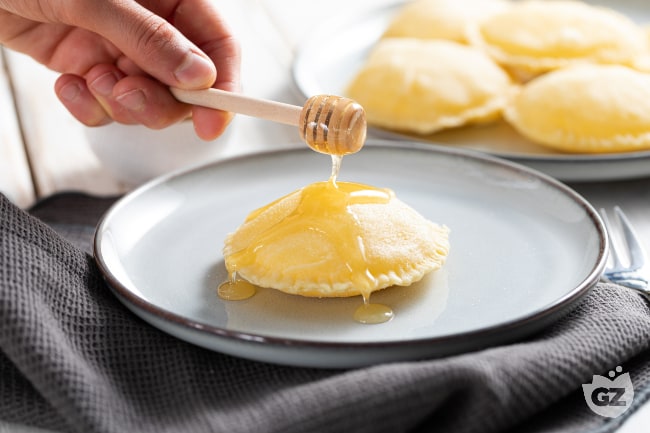
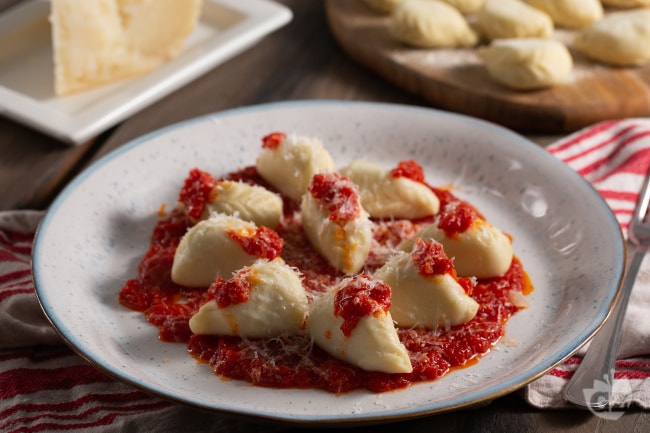

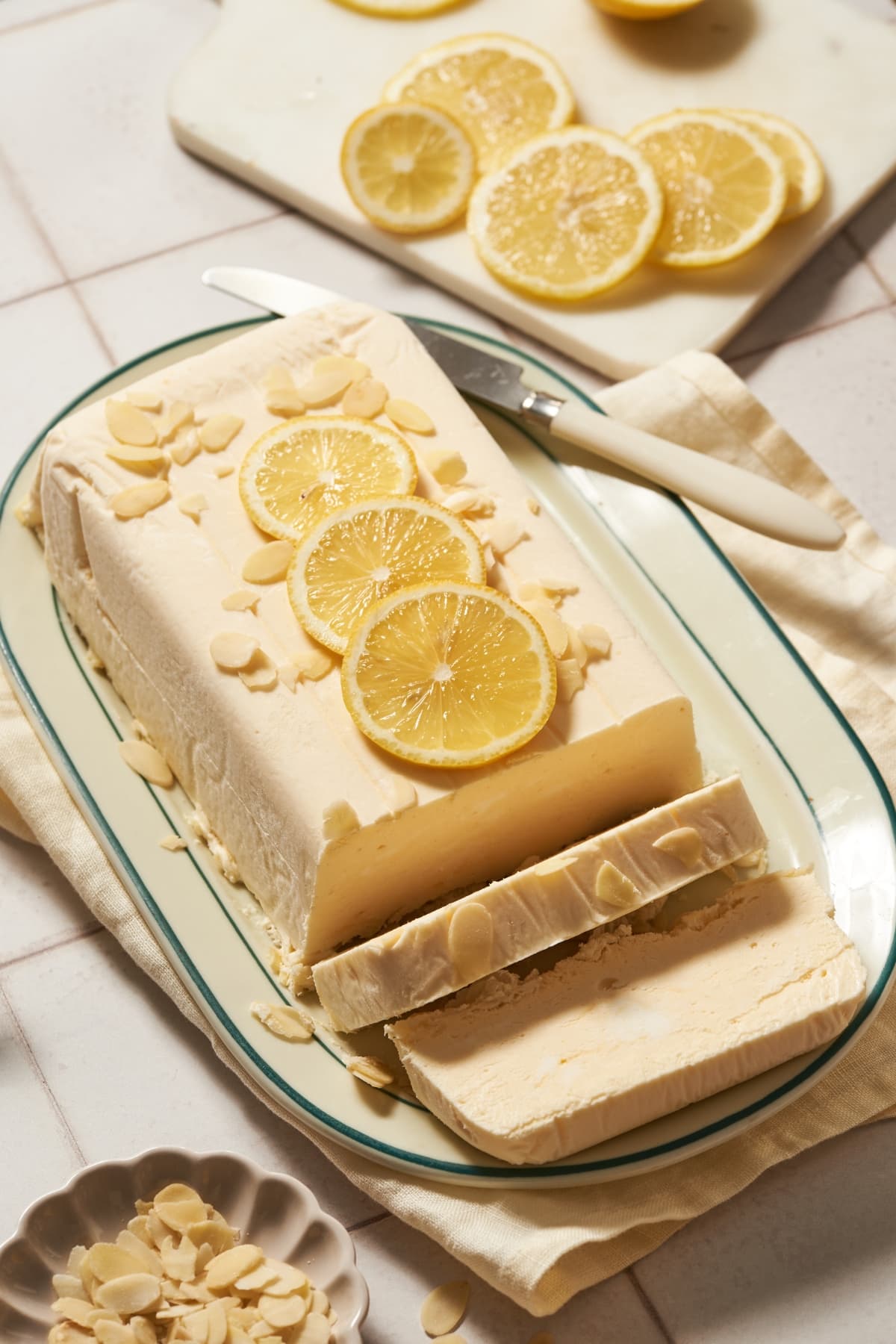
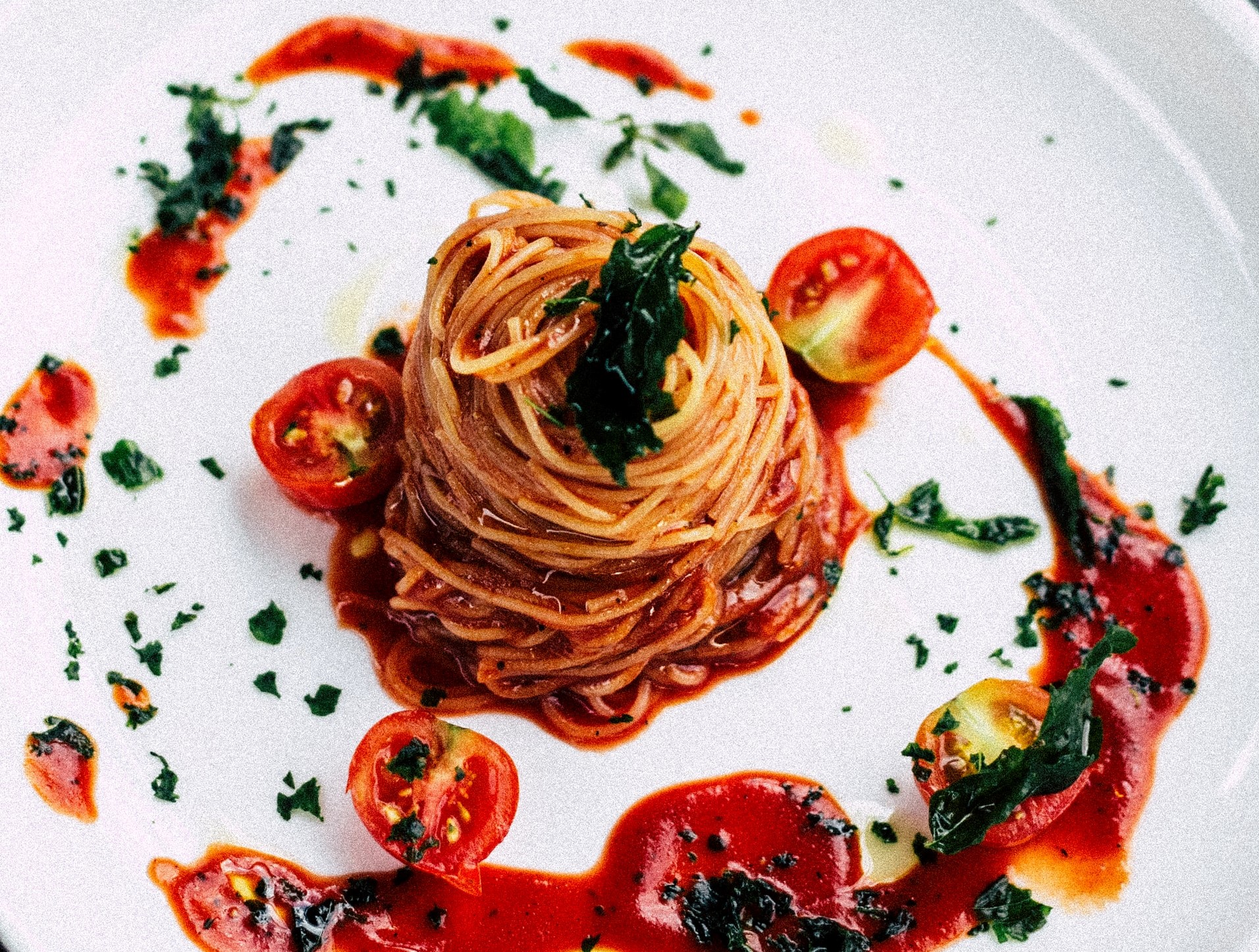
![Authentic Tomato Passata Recipe [Passata di Pomodoro] Authentic Tomato Passata Recipe [Passata di Pomodoro]](https://www.nonnabox.com/wp-content/uploads/2024/01/passata-vertical-3-nonna-box.jpg)


